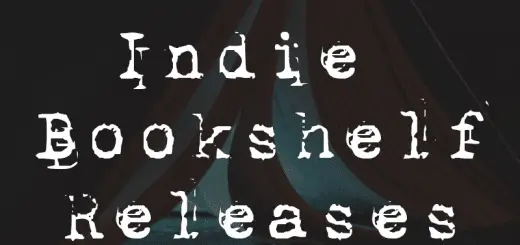If You’re a Horror Writer, You Should Know How Not to Lose Your Reader in 10 Pages
If You’re a Horror Writer, You Should Know How Not to Lose Your Reader in 10 Pages
Description: Discover how not to lose a reader when writing horror stories. The art of storytelling is easy if you follow its simple rules, but we often forget the principles that make up a good story, including a horror one. Learn more in our article!

(Photo by Kaitlyn Baker on Unsplash)
The interest span of individuals has gone down drastically in recent years. There is a high requirement for instant gratification in almost any walk of life. For example, online slots have to grip users with the design and bonus features right from the start. The same goes with movies, books, and pretty much everything online. It leads to a conundrum for horror story writers, who are heavily dependent on two factors—choice of words and the imagination of readers—to keep anyone hooked to the story.
The creator of a horror movie has various tools like music cues, editing, visual effects, and more. Yet, the choices are minimal for someone who has to put everything into words.
Focusing on the Narrative
One of the greatest horror story writers, R L Stine, was able to frighten a whole generation of readers by simply making sure that they cannot get into the head of the author. This can be done through excellent narration, which can almost give up the imaginary powers of the reader. It’s close to creating a movie on a scary situation.
The narrative has to provide an accurate description of the elements in the frame. The writers can make sure that they focus on things that scare them the most, not to lose the reader. After having imagined or envisioned many horror situations, the narrator is probably to judge a situation that can scare readers who may not be constantly exposed to such scenarios.
Surprising the Reader with Anxiety and Suspense
The task of a writer while trying to keep viewers hooked would be to create suspense. The narrative should focus on the upcoming doom or frightening fear about the unknown. It should be able to stop the breath of viewers even for a while. Of course, this may sound a little harder than expected while using only words and nothing more.
However, this can be done to a great extent by playing with the sentence structure. One of the interesting aspects would be sentence structure, which can be used to create suspense and anxiety amongst the reader involuntarily. A typical sentence is usually shorter to provide the audience with a break. While coming up with a horror story, the idea is to make sure that these sentences do not give enough breathing space to the average reader.
A Quick Example
One of the best examples of this case can be found in the ‘The Haunting of the Hill House’ by Shirley Jackson. This classic manages to recreate a paranormal investigation into a house within a single paragraph. The transformation of the entire incident into a single paragraph can transform a simple scene into one that is very nerve-wracking with tight POV shots. The longest sentence within the single paragraph turned out to be 50+ words, which is quite long by usual standards. This paragraph alone set the standards for ‘The Haunting of the Hill House,’ which is regarded as a classic in the genre.
Provoking Panic and Horror
There are also situations where one-sentence paragraphs can be used. This will create the opposite effect, as those who read will be breathing too often and will start to imagine various scenarios. This can be a powerful tool when trying to reveal a villain, serial killer, or monster. Rather than lengthy sentences, short sentences that are primarily the only content within a paragraph can make all the difference. In this scenario, the idea of word count would drop to as low as 10 to 14 words per sentence. The idea is to involuntarily make a plea to the reader for taking short breaths quite frequently. It would automatically have the desired effect of keeping them in the loop.

(Photo by Bellava G on Unsplash)
How Not To Write
There are some interesting elements that a writer should avoid when coming up with a good horror story. These would be the following.
Do Not Provide an Explicit Intro
It can often work against them, as those who read do not want to get into the explicit details straight away. This is an unwritten rule when writing not to lose the reader within ten pages.
Be Aware of Any Lack of Authenticity
A story is meant to be entertaining, but readers are unlikely to be engaged if it appears to lack authenticity from the word go.
Avoid a Slow Pace
A slow build-up may sound interesting, but the world of instant gratification may not exactly demand the same. Readers lose interest in a narrative if the build-up becomes too slow, even in the initial phases.
Putting Everything into Practice
Even though it may seem quite complicated to replicate the cinematic effect into a few sentences and words, this can be done with careful planning and thought process from the narrator. If these techniques are followed diligently, it’s pretty easy to get those who read the content beyond the 10-page threshold.
What has been your experience with writing horror stories? Write a comment below!
About the Author
Thomas Glare is a book publishing and marketing specialist at No Deposit Spins, a company based in Yorkshire, UK, that aims to help more authors turn their manuscripts into high-quality books and provides customized marketing and distribution support to help authors become contenders in today’s very competitive market.











